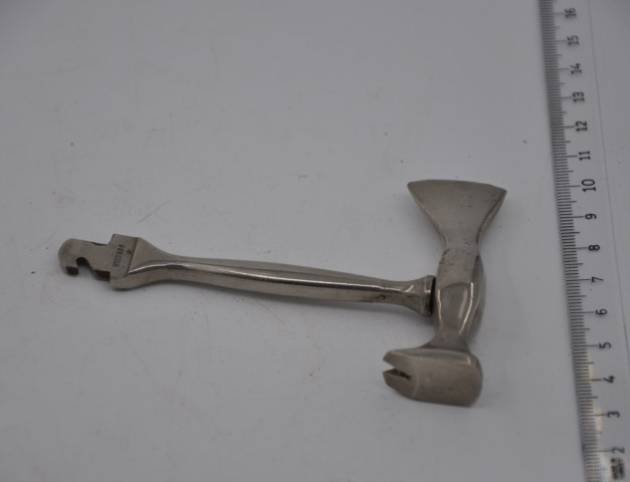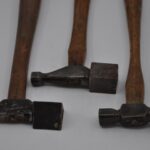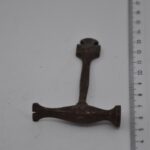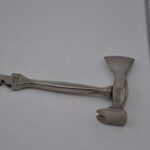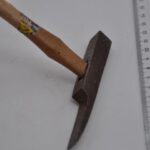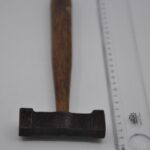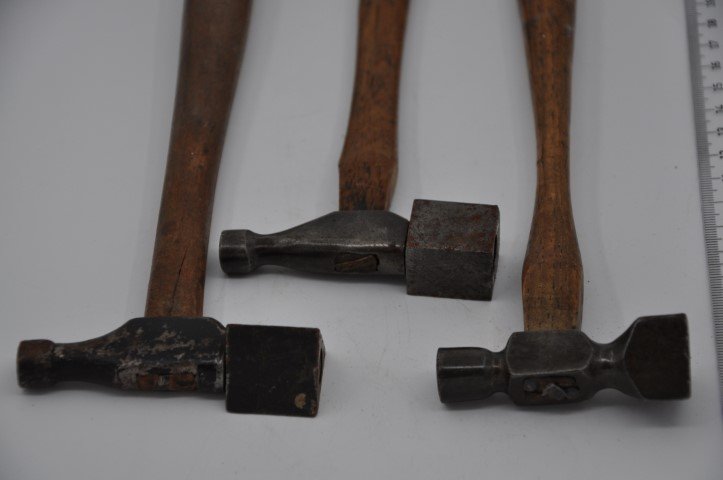
Historical Development:
- Antiquity Glassworking dates back to 3500 BC. During this period, glassmakers’ hammers had simple designs and were used for shaping and smoothing glass.
- Middle Ages: During the Middle Ages, glasswork and stained glass art developed greatly in Europe. During this period, glassmakers’ hammers were developed for use in more complex glassworking techniques.
- Industrial Revolution: With the Industrial Revolution, glass production techniques and tools were greatly improved. Glazier’s hammers were also redesigned to meet the needs of modern glass cutting and processing.
Glazier hammers
Glazier's hammers are specialized tools used in glass and mirror work and have a long history. These hammers are often used for cutting, shaping and fine-tuning glass. The history of glassmakers' hammers dates back to the beginning of glassworking and these hammers played an important role in the development of glass art.
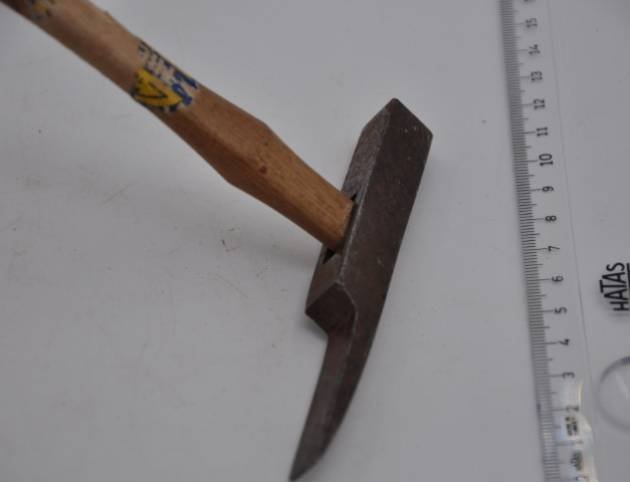

Modern Glazier Hammers:
Today, glazier's hammers are manufactured using advanced materials and are used in areas such as auto glass repair as well as glasswork. Modern hammers are popular among glass artists and craftsmen, with ergonomic handles and a variety of blade options.
The history of glazier's hammers has evolved in parallel with the development of glass art, and these special tools have become an essential part of both historic and modern glasswork.
Usage Areas and Properties:
Glazier's hammers are special designs, usually with round and flat ends. The rounded end is used for shaping glass with gentle blows, while the flat end is used to smooth glass pieces and clean cut edges. In addition, the handles of these hammers are often designed to soften the impact to prevent glass from breaking.
